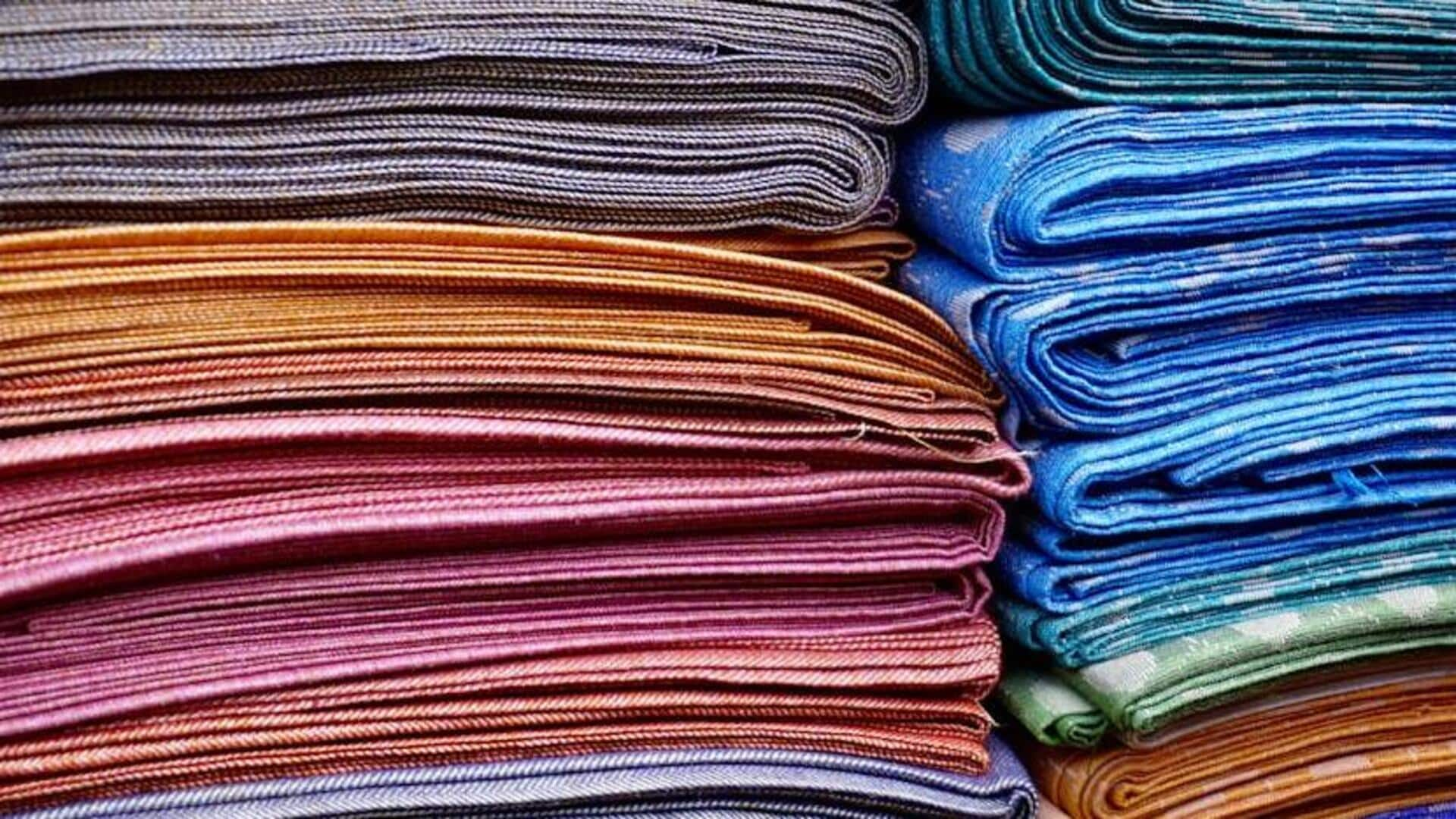
Tracing similarities in silk production in India and Japan
What's the story
Silk production, a centuries-old craft with deep economic and cultural significance, is the beating heart of India and Japan's textile industries. This article traces silk's transformative journey from sericulture farms to luxurious fabric, shedding light on the intricate processes, rich traditions, and economic ripples felt across both nations. Bridging tradition and innovation, this feature reveals the often-overlooked world of silk production, a delicate dance of heritage preservation and technological embrace.
Sericulture
The art of sericulture
Sericulture, or the raising of silkworms for the purpose of silk production, begins in India with the careful selection of mulberry leaves used to feed the silkworms. In contrast, Japan, while also practicing sericulture, utilizes distinct methods involving a blend of mulberry species for feed. Both countries have research institutes committed to advancing sericulture through the development of improved practices, aiming for higher silk quality and greater yields.
Weaving
Traditional weaving techniques
India's weaving traditions are diverse and region-specific, with Kanjeevaram in Tamil Nadu and Banarasi in Uttar Pradesh renowned for their exquisite silk creations. In Japan, Kyoto's Nishijin weaving produces intricate silk designs with patterns inspired by nature and the changing seasons. These ancient techniques, viewed as art forms, have been meticulously passed down through generations.
Economy
Economic impact
Silk production is a vital economic activity in both India and Japan. In India, it employs a staggering seven million+ individuals in numerous sectors like farming, spinning, weaving, and trading. Plus, India is the second largest producer of silk in the world. Although Japan's silk industry isn't as large, it specializes in high-quality luxury items. These products, despite their high cost, are sought after in both domestic and international markets.
Innovation
Innovations in silk production
Both nations have utilized technology to streamline their silk production processes. India has implemented advanced reeling machines that significantly improve productivity while minimizing labor expenses. In contrast, Japan has focused on genetic advancements, cultivating silkworms capable of producing more silk per cocoon. These improvements not only increase efficiency but also promote sustainability by minimizing waste.
Culture
Cultural significance
Silk is more than just fabric in India and Japan; it's a cultural symbol, a piece of heritage and identity. In India, silk saris are the epitome of tradition, worn by women on auspicious occasions such as weddings and festivals. In Japan, silk kimonos are not just garments but works of art, embodying Japanese aesthetics and values, and carrying the weight of generations.